Catch-all
Description of the faces
Description of the common faces 
First emission of the common face
Following a competition organized at the European level for the drawing of the common face of the first emission of euro coins, the European council approved, during the summit of Amsterdam, the series of Luc Luycx (monogram: LL), of the royal Currency of Belgium, on June 16th, 1997.
The series of coins drawn by Luc Luycx for euro and centimes aims to be clear, easy of use, understandable for all and defining the euro as the currency of Europe and Europeans. Coins present the European Union in various forms with, in the background, stars, symbols of Europe. The 1, 2 and 5-centime coins indicate the place of Europe in the world. The 10, 20 and 50 centime coins present the union as a gathering of nations. Finally, the 1 and 2€ coins reveal Europe without borders.
The second emission of the common face
A new common face was decided by the opinion of the Gazette of the European Union C225/7 of September 19th, 2006 concerning the two-colored coins(of 1 and 2 euros) and coins in " Scandinavian alloy " (of 10, 20 and 50 centimes) so that these represent from now on Europe such as widened in 2004. All the euro coins which are already in circulation remain valid.
The opinion specifies that the 1, 2 and 5 centime coins which represent Europe in the world are not modified because not concerned by the extension: this is inaccurate, the borders of Europe such as represented on the globe are still the ones of Europe 15 and do not clearly go to the Black Sea.
Description of the national faces
There are several systems for "faces". If several series, the last one is considered:
- Unique face for all the coins (in particular profile of the sovereign), below " (1) "
- Unique face for centimes + unique face for euros, below " (1+1) "
- Unique face for centimes + different faces for euros, below " (1+2) "
- Three clayers (1 face for 1-2-5 centimes, 1 face for 10-20-50 centimes, 1 face for euros), below " (3) "
- Idem but on the same theme (in particular profile of the sovereign), below " (3x1 "
- A variant of three sleep, worth knowing different faces for euros, below " (2+2) "
- A different face for every coin, below " (8) "
The national faces of euro coins intended for the traffic are described in specific articles.
| Coins emitted by the countries of the European Union using the euro since 1999 and 2002 (+ number of different faces) | ||
|
|
|
States of preservation of coins
Description of the states of preservation 
TTB 40-54 (very very Beautiful)
The preservation is average. The wear due to the circulation is clearly visible, but the currency keeps a pleasant aspect. The immense majority of the currencies of the XXth century are usually in this state. A TTB 40 is just over the TB while a TTB 54 is almost Magnificent. The subdivisions usually used are the TTB 45 and the TTB 50. For currencies, it is at first the importance of the knocks and the stripes that makes the difference. For cents, the coin must not have become totally brown nor especially to carry tracks of green copper oxide.
SUP 55-62 (Haughtiness)
The wear due to the traffic is tiny and distinguishes itself only on the most relief parts. A magnificent room did not practically circulate but it can have marks of manipulation. These marks see each other without any trouble to the naked eye and are more and more low by leaving of 55 and by going towards 62.
SPL 63-64 (Magnificent)
The currency underwent no wear because it did not absolutely circulate. As a result of manipulations in the manufacturing or during its storage, it however received any small with difficulty different shocks or stripes in the eye. The coin has its diamond of strike, it looks new. According to the size of the shocks, it will be 63 or 64.
FDC 65-70 ( Fleur De Coin)
The currency is strictly in its state of strike and no defect must be tolerated, except from tiny visible tracks of manipulation only in the magnifying glass x 10. The simplest method to verify a FDC is the magnifying glass x 10 to discover the defects, then the eye to check that they are visible only in the magnifying glass. If you see the slightest defect in the naked eye, it is not a FDC.
Other defects
The state of preservation (B, TB, TTB, SUP, SPL, FDC) defines only the degree of traffic, all other defects that must be separately described: knocks, stripes, knocks on the slice, the polishing, the defects of strike must be indicated, except when they are minor.
The not circulating coins
Some examples of not circulating coins of the European currency.

Particular coins
FRANCE - Coin of 500 € - 2013


The "Coq" series

Waterloo
A coin for Waterloo
On the occasion of the 200th anniversary of the battle of Waterloo, Belgium asked and suggested to the ECB (EUROPEAN CENTRAL BANK) striking a commemorative coin.
In front of the violent veto of France, the ECB refused the emission of this coin.
Belgians thus knocked in 2015, a not circulating 2,50 € coin, commemorative of the 200 years of the battle of Waterloo?.
Belgium 2,50 € Waterloo - 2015


Artist's View
Of the talent in the pure state.
With the authorization of the author, here are some imaginary coins.
We would like that they exist ...

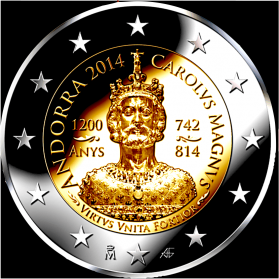

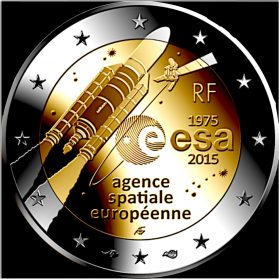
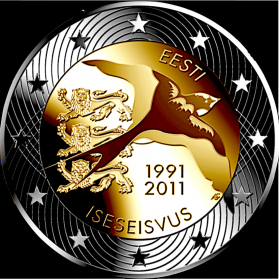
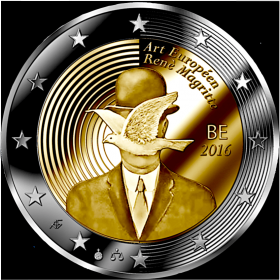
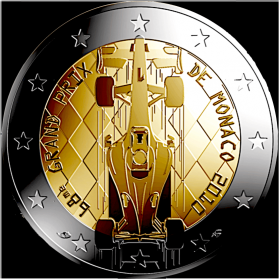



Official sites
Official definitions
Various documents
Last edited: Mon 07 apr 2025
Add a comment








